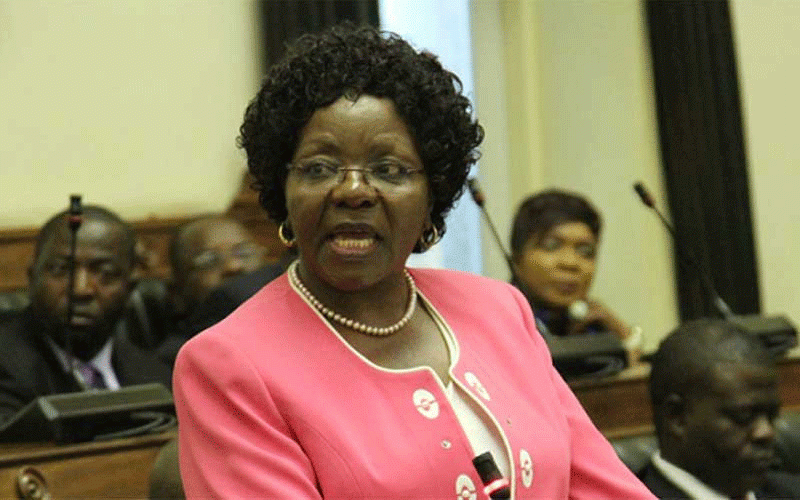
INDUSTRY and Commerce minister Sithembiso Nyoni has blamed Statutory Instrument (SI) 118A of 2022 for the prevailing high US-dollar pricing regime.
SI 118A, gazetted under the Presidential Powers (Temporary Measures) (Amendment of Exchange Control Act) Regulations, 2022, allows firms to add a 10% mark-up on prevailing official foreign currency rates when charging for their goods and services.
For example, while the current forex rate is US$1:ZWL$5 674,3580, under the SI business can use an exchange rate of US$1:ZWL$6 241,7938.
“We must address the impact of Statutory Instrument 118A of 2022, which has resulted in formal retailers having to price their goods at the in-store rate plus 10%,” Nyoni said, during a tour of tuckshops in selected places on Monday.
“This regulation has inadvertently made their products more expensive in US$ terms.”
The 10% mark-up has allowed firms to price their goods and services in a way that allows them to keep the value of those products and professionals offerings, albeit not entirely owing to a premium on parallel market pricing.
In response to Nyoni’s comments, Confederation of Zimbabwe Retailers president Denford Mutashu told NewsDay Business that SI 118A of 2022 had served its purpose and now needed to be removed.
“That statutory instrument must be categorically repealed. I think it has served its purpose; it is causing discomfort on the market. There is a lot of confusion in pricing so it must be repealed and allow businesses to function according to market forces,” he said.
- Drama at City of Harare bosses trial
- Price of bread skyrockets again
- Price of bread skyrockets again
- City of Harare bosses defiant in Borrowdale house demolition case
Keep Reading
Mutashu added that SI 118A had made operations of many formal businesses difficult because retailers saw it as a price control, since there are penalties placed on businesses who go over the 10% mark-up.
“It has also even seen US-dollar revenue flow into the formal business dwindling because the prices will be very expensive in US dollars as opposed to the informal trade,” the CZR boss said.
The United States Agency for International Development reported that Zimdollar prices of some basic food commodities increased by about 20% last month, compared to August, following about 15% and 18% increases in the parallel and official market exchange rates, respectively.
However, the agency reported that “US$ and ZAR (south African rand) prices in the informal markets remain stable, and these markets are the main source of goods for most households”.
Since the local currency has lost over 700% of its value year to date, most businesses are increasingly shying away from promoting their goods and services in local currency. For example, at most supermarkets in the capital city now exclusively display their prices in US-dollars although customers can still buy using the local currency at till points.
Last month, the Zimbabwe National Statistics Agency reported that 80% of transactions were now in US dollars.










